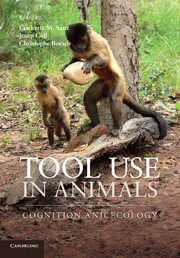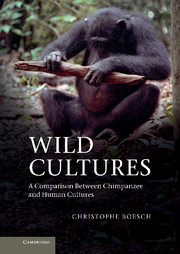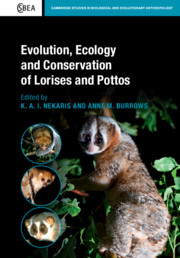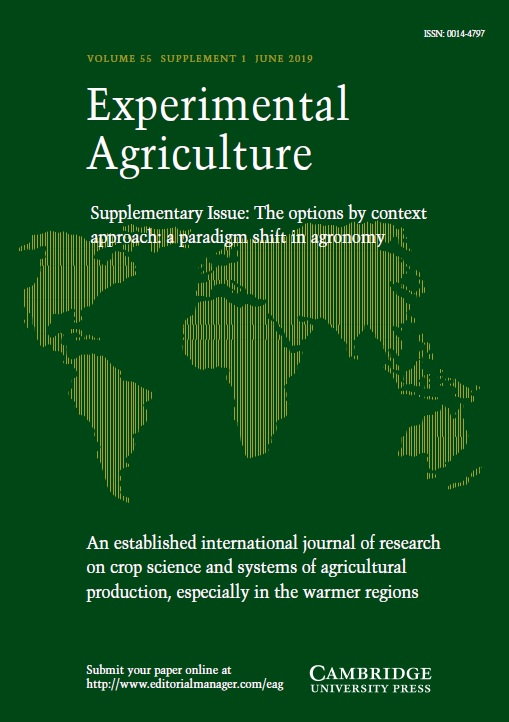Tool Use in Animals
The last decade has witnessed remarkable discoveries and advances in our understanding of the tool using behaviour of animals. Wild populations of capuchin monkeys have been observed to crack open nuts with stone tools, similar to the skills of chimpanzees and humans. Corvids have been observed to use and make tools that rival in complexity the behaviours exhibited by the great apes. Excavations of the nut cracking sites of chimpanzees have been dated to around 4-5 thousand years ago. Tool Use in Animals collates these and many more contributions by leading scholars in psychology, biology and anthropology, along with supplementary online materials, into a comprehensive assessment of the cognitive abilities and environmental forces shaping these behaviours in taxa as distantly related as primates and corvids.
- Relates specific scientific research to broader evolutionary questions and pursuits
- Accompanied by electronic supplementary materials which allow readers to witness the actual behaviours described in the text
- Looks at tool use in a wide variety of animals from a cognitive and environmental perspective
Reviews & endorsements
'Tool Use in Animals: Cognition and Ecology may well be the new benchmark text for animal cognition. This book is clear, well-written, suitably broad in its approach, and delivers information that covers a review of the field in addition to new data. Its appeal will encompass readers from various connected academic disciplines, and [it] is an appropriate text for professionals and for students. This is an important and timely offering, and a happy addition to my library.' Kerrie Lewis Graham, American Journal of Physical Anthropology
'During the half century since Jane Goodall first observed a chimpanzee fashioning and using a tool, there has been great interest and attention to defining, describing, and interpreting tool use among many animal phyla. Whereas some books have catalogued tool use, this volume investigates four behavioral domains - phylogenetic, functional, ontogenetic, and mechanistic … Readers will gain perspective on the interaction of evolutionary and environmental factors shaping tool use behaviour, yet wonder why more animals do not use tools or make better use of them … Highly recommended. Lower-division undergraduates and above; general readers.' J. Burger, Choice
Product details
March 2014Paperback
9781107657434
324 pages
244 × 170 × 17 mm
0.52kg
52 b/w illus. 7 tables
Available
Table of Contents
- List of contributors
- Part I. Cognition of Tool Use:
- 1. Three ingredients for becoming a creative tool-user J. Call
- 2. Ecology and cognition of tool use in chimpanzees C. Boesch
- 3. Chimpanzees plan their tool use R. W. Byrne, C. M. Sanz and D. B. Morgan
- Part II. Comparative Cognition:
- 4. Insight, imagination and invention: tool understanding in a non-tool-using corvid N. Emery
- 5. Why is tool use rare in animals? G. Hunt, R. Gray and A. Taylor
- 6. Understanding differences in the way human and non-human primates represent tools: the role of teleological-intentional information A. M. Ruiz and L. R. Santos
- 7. Why do woodpecker finches use tools? S. Tebbich and I. Teschke
- Part III. Ecology and Culture:
- 8. The social context of chimpanzee tool use C. M. Sanz and D. B. Morgan
- 9. Orangutan tool use and the evolution of technology E. J. M. Meulman and C. P. van Schaik
- 10. The EthoCebus project: stone tool use by wild capuchin monkeys E. Visalberghi and D. Fragaszy
- Part IV. Archaeological Perspectives:
- 11. From pounding to knapping: how chimpanzees can help us model hominin lithics S. Carvalho, T. Matsuzawa and W. C. McGrew
- 12. Early hominin social learning strategies underlying the use and production of bone and stone tools M. Caruana, F. d'Errico and L. Backwell
- 13. Perspectives on stone tools and cognition in the early paleolithic record S. P. McPherron
- Index.







